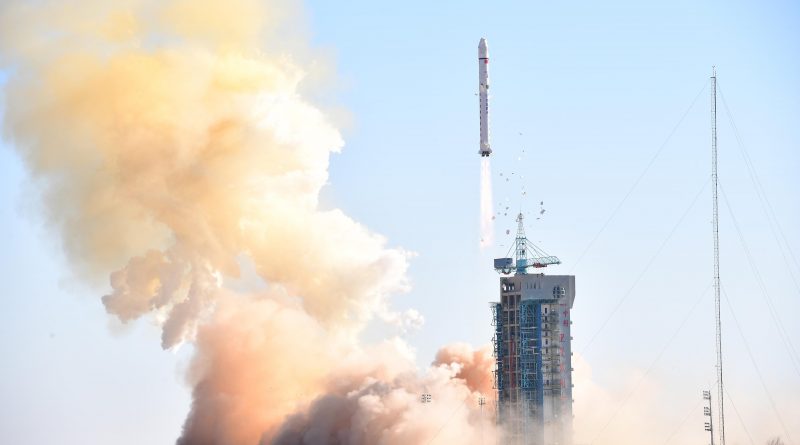China’s Long March 2D Launches LKW-1 “Land Survey Satellite”
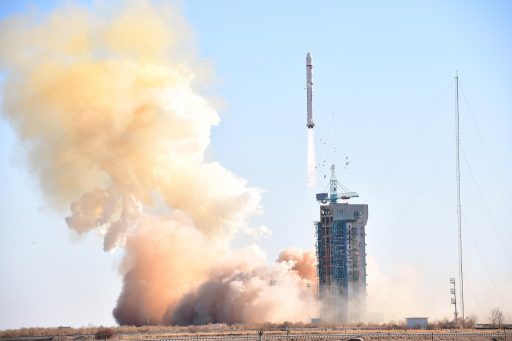
China conducted its 15th orbital launch of the year on Sunday, involving a Long March 2D rocket lifting the LKW-1 imaging satellite into orbit. Liftoff from the Jiuquan Satellite Launch Center occurred at 4:11 UTC and Chinese space officials declared the launch a success, giving the satellite’s full name as Land Survey Satellite 1.
Not much has been revealed about the LKW-1 Satellite (Ludikancha Weixing 1) other than it being a very high-resolution Earth imaging satellite that will fly for the official purpose of “remote sensing exploration of land resources.” However, as often seen with China’s space efforts, military spacecraft are often flown under the cover of civilian Earth observation and environmental monitoring missions. To that end, LKW-1 appears to be tied to the Yaogan reconnaissance satellite fleet through similar orbital parameters as electro-optical imaging satellites flown as part of the constellation.
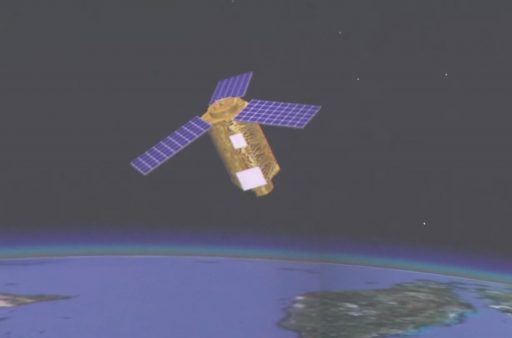
CGI animation and actual imagery of the satellite separating from its Long March 2D carrier rocket were broadcast on Chinese news channels, showing a hexagonal satellite body with three deployable solar panels – a design shared by a number of low-orbiting imaging satellites operated by a number of nations as well as private entities. (e.g. the recently-launched Mohammed VI-A)
Based on its appearance, the satellite is suitable for a telescope of similar size as the latest medium-sized imaging satellites designed by Airbus & Thales, hosting 65-centimeter telescopes and achieving ground resolutions of up to 0.7 meters for black-and-white imagery and better than three meters for multi-band color and near-infrared imagery. This would be in line with reports that LKW-1 is more advanced than the commercial Jilin video and imaging satellites, capable of a ground resolution of 1.13 meters for panchromatic imagery.
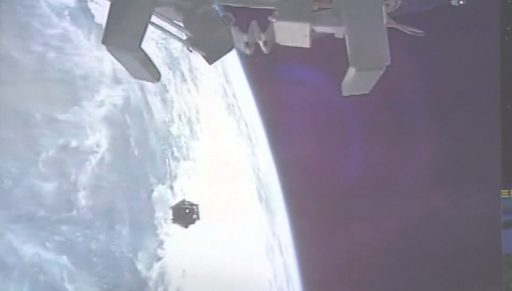
LKW-1, like the low-orbiting optical reconnaissance satellites of the Yaogan series, was built by the China Academy of Space Technology. U.S. Space Surveillance detected the LKW-1 satellite in an orbit of 484 by 499 Kilometers, inclined 97.46° and with a right ascension of 50° – placing it in a similar operational orbit as the Yaogan-21 satellite launched in 2014 (484 x 499, RAAN 48.5°) and Yaogan 26, also launched in 2014 and currently in an orbit of 481 x 491km with a right ascension of 56°. LKW-1, if belonging to Yaogan, would be the seventh satellite with an operational altitude of less than 500 Kilometers.
It remains to be seen whether additional LKW satellites will be launched in the near future, potentially establishing a new sub-constellation of Yaogan comprising follow-on satellites to the Jianbing-6 imaging craft that had been the latest known generation of optical reconnaissance birds flying under the Yaogan designation. Yaogan 21 and 26 launched on Long March 4B rockets while LKW-1 flew on a less-powerful CZ-2D, strongly hinting the satellite is using a more compact platform with a launch mass around one metric ton.
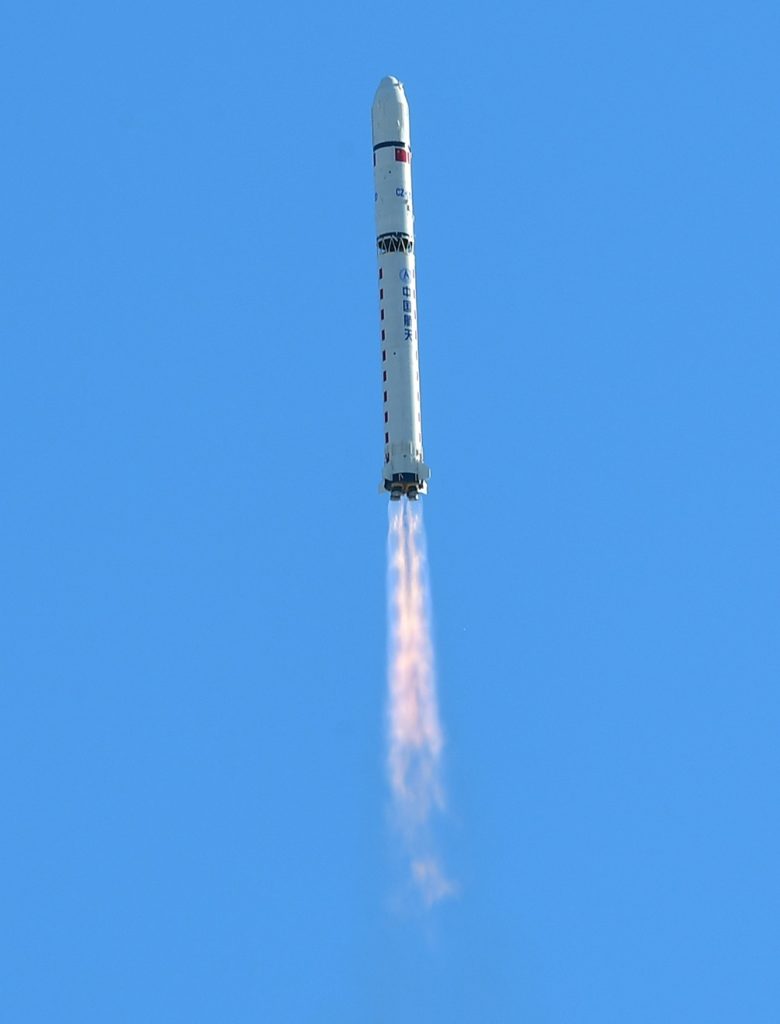
In action on Sunday was the Long March 2D rocket, conducting its 34th mission since its debut in 1992 when it joined the Long March family. In total, Sunday’s flight marked the 257th flight of the Long March family, according to the Xinhua news agency.
A member of the Long March family, the 2D vehicle was designed as a two-stage version of the Long March 4 launch vehicle, optimized for Low Earth and Sun Synchronous Orbit missions. Up until last December’s partial failure, Long March 2D had kept a perfect success record.
CZ-2D is a two-stage rocket standing 41.1 meters tall, 3.35 meters in diameter and weighing around 232 metric tons at liftoff, capable of placing 3,500 Kilograms into Low Earth Orbit and 1,300kg into Sun Synchronous Orbit. Both Stages of the Long March 2D use Nitrogen Tetroxide and Unsymmetrical Dimethylhydrazine as propellants.
For the first 157 seconds of Flight, the vehicle is powered by its first stage, equipped with a YF-21C engine module that provides a thrust of 2,962 Kilonewtons and comprises four clustered YF-20C engines. The stage is 27.9 meters long, 3.35 meters in diameter and filled with 183 metric tons of Unsymmetrical Dimethylhydrazine and Nitrogen Tetroxide Propellants for a total weight of the first stage at launch of 192,700kg.
After first stage burnout and jettison, the second stage starts controlling the flight. The upper Stage is 10.9 meters in length and has the standard CZ-2D diameter, holding around 52 metric tons of UDMH and NTO propellants at launch. The second stage is powered by a YF-24C main engine providing 742 Kilonewtons of thrust and a 47.1-Kilonewton four-chamber vernier engine for attitude control and circular orbit insertion capability. Long March 2D can be outfitted with two different payload fairings to accommodate payloads of different sizes with fairing diameters of 2.9 and 3.35 meters.

